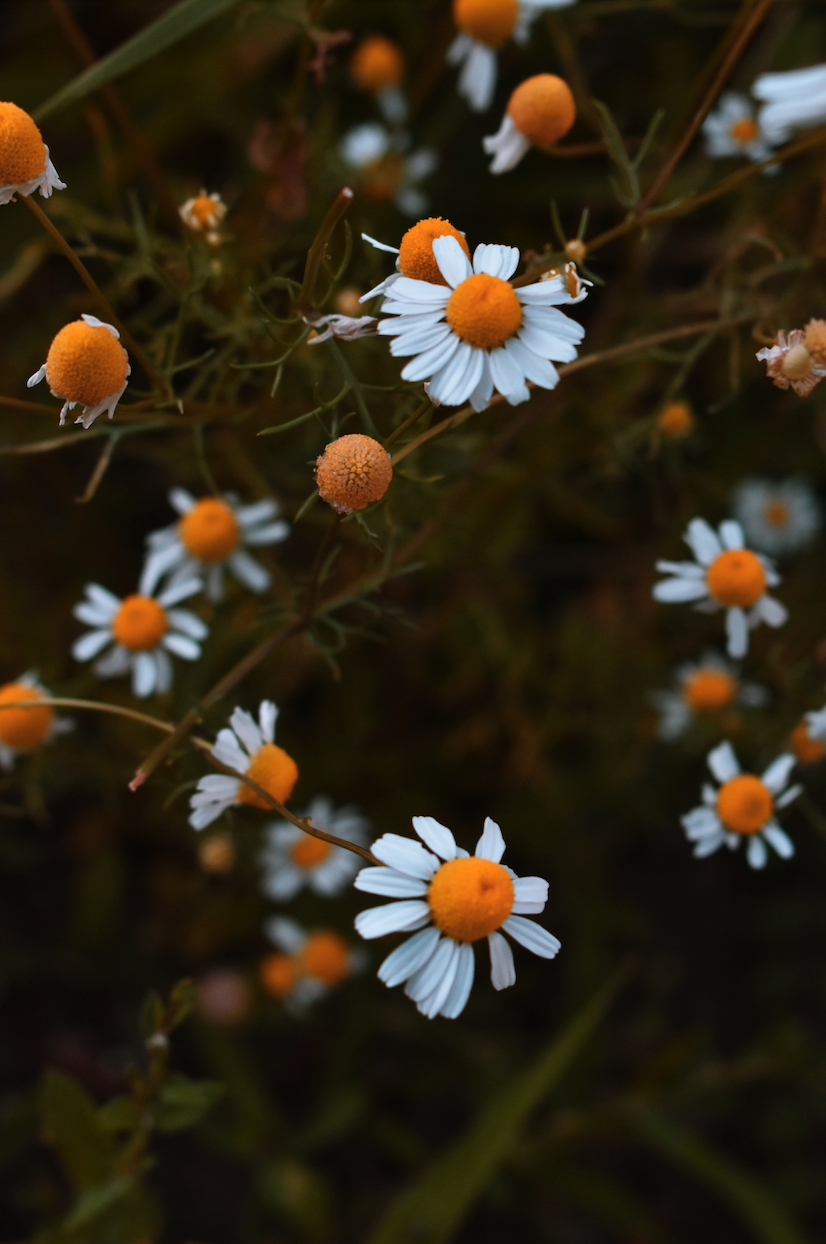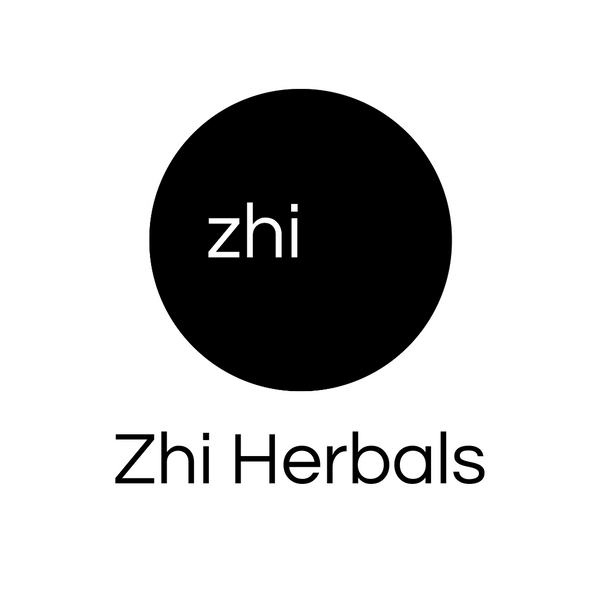
67 Chamomile Fun Facts
Share
Explore Chamomile Flower Trivia
Take a delightful deep-dive into one of the most beloved flowers in the herbal world—chamomile! Apart from its delicate beauty and pleasing fragrance, this charming little bloom boasts a treasure trove of fascinating characteristics and hidden powers, enough to fill a book or... 67 fun facts. Get ready to delve into captivating trivia about chamomile that extend well beyond its renowned calming properties. So, brew a cup of your favorite chamomile tea, settle comfortably in your reading spot, and be prepared for an adventure infused with mind-boggling chamomile facts.
67 Chamomile Fun Facts
- Chamomile is derived from the Greek word "khamaimēlon," which means "earth apple."
- It belongs to the plant family called Asteraceae and is related to ragweed.
- Chamomile has been used for centuries as a medicinal plant.
- There are over 18 different species of chamomile, but the most common types used for medicinal purposes are German Chamomile (Matricaria recutita) and Roman Chamomile (Chamaemelum nobile).
- The chamomile plant is native to Europe and Asia.
- Chamomile has a variety of therapeutic uses: it's known for its calming, analgesic, anti-inflammatory, and antibacterial properties.
- The plant generally grows in direct sunlight but can tolerate partial shade.
- Chamomile flowers resemble tiny daisies, with white petals surrounding a yellow central disc.
- The chamomile plant is very resilient and drought-tolerant.
- The whole plant has a sweet, apple-like fragrance.
- Chamomile is known for its calming effects and is often used in teas to promote relaxation and reduce stress.
- The flowers of the chamomile plant are the primary parts used in herbal medicine.
- Chamomile is also used to soothe digestive issues, such as nausea, vomiting, indigestion, and irritable bowel syndrome.
- The essential oil extracted from chamomile has numerous therapeutic uses.
- Chamomile flowers do not produce large quantities of oil, and chamomile is often one of the more expensive essential oils available.
- Chamomile is often used topically for its skin-healing properties, especially in treating eczema, wounds, inflammation, and allergies.
- The high azulene content in German chamomile oil is responsible for its strong anti-inflammatory properties.
- Historically, chamomile was known as ‘plant’s physician’ because it benefits other plants growing nearby.
- Chamomile blossoms between May and October.
- The average height of a chamomile plant is about 8-24 inches.
- It can be taken in many forms, including an infusion, tincture, liquid extract, capsule, essential oil, or in tea form.
- To harvest chamomile, the flowers are generally picked when they are fully open.
- The flowers can be dried for use when out of season. We also have dried chamomile flowers available for purchase.
- Chamomile flowers have been historically used to lighten hair.
- The chamomile plant needs around 8-10 hours of sunlight per day.
- Chamomile is often used as a gentle sleep aid and can help overcome insomnia.
- In many cultures, chamomile is used to relieve menstrual cramps.
- The plant is rich in active compounds like terpenoids and flavonoids, which are responsible for many of its medicinal properties.
- A few drops of chamomile oil in a bath can help relax the body and reduce stress.
- Chamomile flowers have been traditionally used to make herbal beers in England.
- Chamomile can attract beneficial insects, such as bees and butterflies, due to its strong, pleasant aroma.
- Chamomile has also been used to treat hay fever, swollen sinuses, and nasal congestion.
- The chamomile flower is often depicted to symbolize patience and peace in folklore.
- Both German and Roman chamomile varieties are used to make essential oils.
- Chamomile tea may appeal to children as it has a mild, sweet taste.
- Apart from medicinal uses, chamomile is also often found in cosmetics, perfumes, and hair care products.
- Chamomile is generally considered safe for pregnant women but should be consumed moderately. If you are pregnant, we recommend consulting with your doctor before using chamomile.
- Chamomile is the national flower of Russia.
- Chamomile isn't only used for humans - it's also used to treat ailments in animals.
- A chamomile lawn is an eco-friendly alternative to a traditional grass lawn, as it requires little water and maintenance.
- Some common pests that can harm chamomile plants include aphids and thrips.
- In the book The Tale Of Peter Rabbit by Beatrix Potter, Peter drinks chamomile tea.
- Chamomile has green and feathery leaves.
- The flowers of the Roman Chamomile variety are completely edible and have a slightly bitter taste.
- Chamomile is also used to treat wounds, burns, ulcers, and hemorrhoids.
- Traditional herbal medicine also uses chamomile to treat arthritis and rheumatism.
- Some people may be allergic to chamomile, with symptoms including skin rashes, throat swelling, and shortness of breath.
- In wine production, chamomile can be used as a source of yeast to aid fermentation.
- Chamomile is one of the oldest known medicinal plants used by humans.
- Chamomile is widely cultivated for medicinal purposes in countries like Argentina, Egypt, France, and Spain.
- Chamomile plants can be grown indoors with the correct environment.
- In aromatherapy, chamomile oil is one of the essential oils considered most suitable for use with children.
- Chamomile has antiseptic properties, making it a good plant for herbal first-aid kits.
- Chamomile tea can help soothe oral mucous membranes and heal mouth ulcers.
- In traditional herbal medicine, chamomile has also been used to treat eye conditions.
- Chamomile plants can help to repel mosquitos.
- The plant can be grown as a ground cover to prevent weeds from taking over the garden.
- Chamomile can be grown easily from seeds, preferably sown in the spring.
- It can also be propagated from cuttings or divisions - but this is less common.
- The tea made from chamomile flowers is one of the most popular herbal teas worldwide.
- Chamomile flowers are used as an ingredient in some natural skincare products because of its anti-inflammatory and soothing properties.
- Chamomile is commonly grown as an ornamental plant due to its attractive flowers.
- The plant grows best in well-drained soil.
- The flowers of the chamomile plant are often used as an ingredient in herbal cigarettes.
- This plant has been studied for its anti-cancer properties, with positive results in lab studies.
- Fresh chamomile flowers can be used in salads for their distinctive flavor.
- Chamomile is considered a vulnerable species in some areas due to over-collection and habitat loss.
